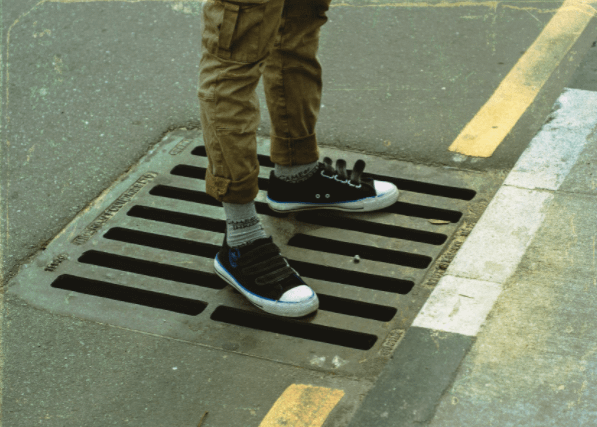Most homeowners only think about drainage in their yard when flooding occurs. Water flows according to its own rules to the lowest elevation and follows the path of least resistance. Therefore, problems can arise if the direction of flow changes or is inadequate. Poor drainage and poor slope on your property can cause water to collect in places you don’t want it to, such as under your foundation, sidewalks, or basement. You can prevent a flooded basement and cracked foundation from becoming a costly problem. Check out construction-update.co.uk to find out more about several reasons why land drainage is essential.

Subsurface and Surface Methods
There are two methods of supplying water to your lawn: underground and aerial. With an underground water supply, water is directed below the soil surface. However, the tension in the underlying soil prevents the water from reaching the depths. This layer, also called the water table, is found in all soils at different depths depending on the area. The water table can rise when there is too much water in the soil. This point can lead to flooding and problem areas. Rain and irrigation are the main sources of surface water. In areas with many impervious surfaces, such as urban areas, irrigation systems can cause problems.
Drainage Benefits
With all the concrete and paving on streets, parking lots, driveways, and roads, rainwater has no place to drain. Water running off the lawn collects in depressions and saturates the edges. If there is no drainage to carry away excess water, 100% saturated soil accumulates in puddles. Consequently, it takes longer to evaporate. This excess water can slow plant growth, as it reduces aeration around the roots and worsens the nutrient supply to the plants. Frost damage can also be caused by excess water. Drainage is critical to prevent water buildup around the foundation and soil erosion. It also protects plants and other vegetation from disease and death.
Turf and Building Protection

Underground and surface drainage is essential to protect turf and buildings. Surface drainage is the natural path that water follows when it rains or when watering. It can be controlled with gutters and downspouts, as well as exposed drains and surface grates. You can also level and shape your lawn to improve surface water drainage and minimize soil erosion.
Subsurface drainage refers to the installation of pipes and drains in your lawn to remove excess water. Capillarity is the process by which water diffuses into the soil. It’s like wetting one side of a paper towel and then seeing the water spread all over the paper towel, soaking it all up. French drains can be a good way to remove excess water from underground. Underground drainage is a good way to keep plants healthy. Also, the soil warms up earlier in the spring and is less likely to be damaged by frost in the winter. This minimizes frost damage to buildings and foundations.


